Quarry Tiles Fade Over Time: Quarry tiles have earned a reputation for their durability, earthy charm, and timeless appeal. Whether elegantly laid on a rustic kitchen floor or beautifully forming the base of a sun-kissed patio, these dense, unglazed ceramic tiles are crafted to endure heavy use and harsh environmental conditions. Nevertheless, despite their strong reputation, many homeowners and property managers observe a gradual fading of colour over time, which can range from subtle to stark. This gradual change can be perplexing, particularly when tiles that once showcased vibrant reds, warm browns, or rich terracottas begin to appear pale, patchy, or lacklustre.
The phenomenon of fading in quarry tiles is not simply an aesthetic concern; it often indicates underlying issues such as wear, environmental stress, or chemical damage. Outdoors, the tiles endure constant exposure to adverse weather conditions—ranging from relentless rain and frost to fluctuating temperatures that gradually erode their surface. The freeze-thaw cycle, in particular, can lead to micro-cracks and surface spalling, exposing lighter inner layers with coarser textures. Indoors, the scenario differs but remains intricate. High foot traffic gradually wears away the tile’s pigmented crust, revealing the inner body, which may contain larger particles and variations in mineral hues. This natural layering means that once the surface integrity is compromised, the colour and texture of the tiles can noticeably shift.
In addition to physical wear, exposure to chemicals plays a crucial role in fading. Strong cleaning agents, particularly those with acidic or alkaline properties, can weaken sealers and strip away protective coatings. Over time, this leaves the tiles susceptible to staining, efflorescence (which involves the formation of salt deposits that lighten the surface), and the accumulation of soil in newly created pits and abrasions. These combined factors contribute to a faded, uneven appearance that detracts from the tiles' initial beauty.
Understanding the reasons behind the fading of quarry tiles is the essential first step towards preserving their character and extending their longevity. In this article, we will explore the environmental, mechanical, and chemical catalysts of fading—both indoors and outdoors—and offer practical guidance on prevention and restoration. Whether you are maintaining a heritage floor or wish to keep your tiles looking immaculate, this comprehensive guide aims to empower you with the knowledge needed to decode the intricate science behind quarry tile wear.
Expert Recommendation: Essential Products for Daily Quarry Tile Maintenance
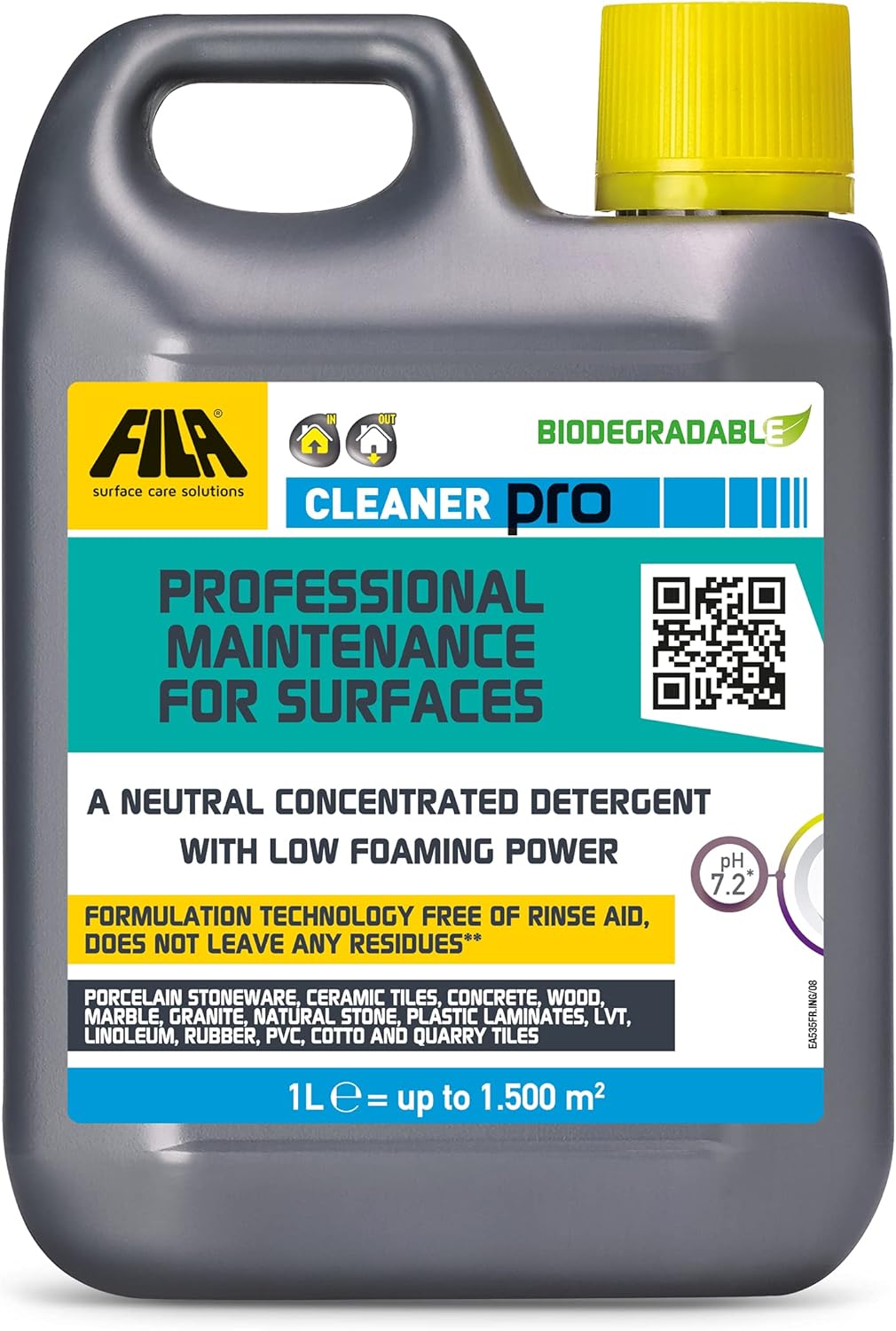
Fila Pro Floor Cleaner
|
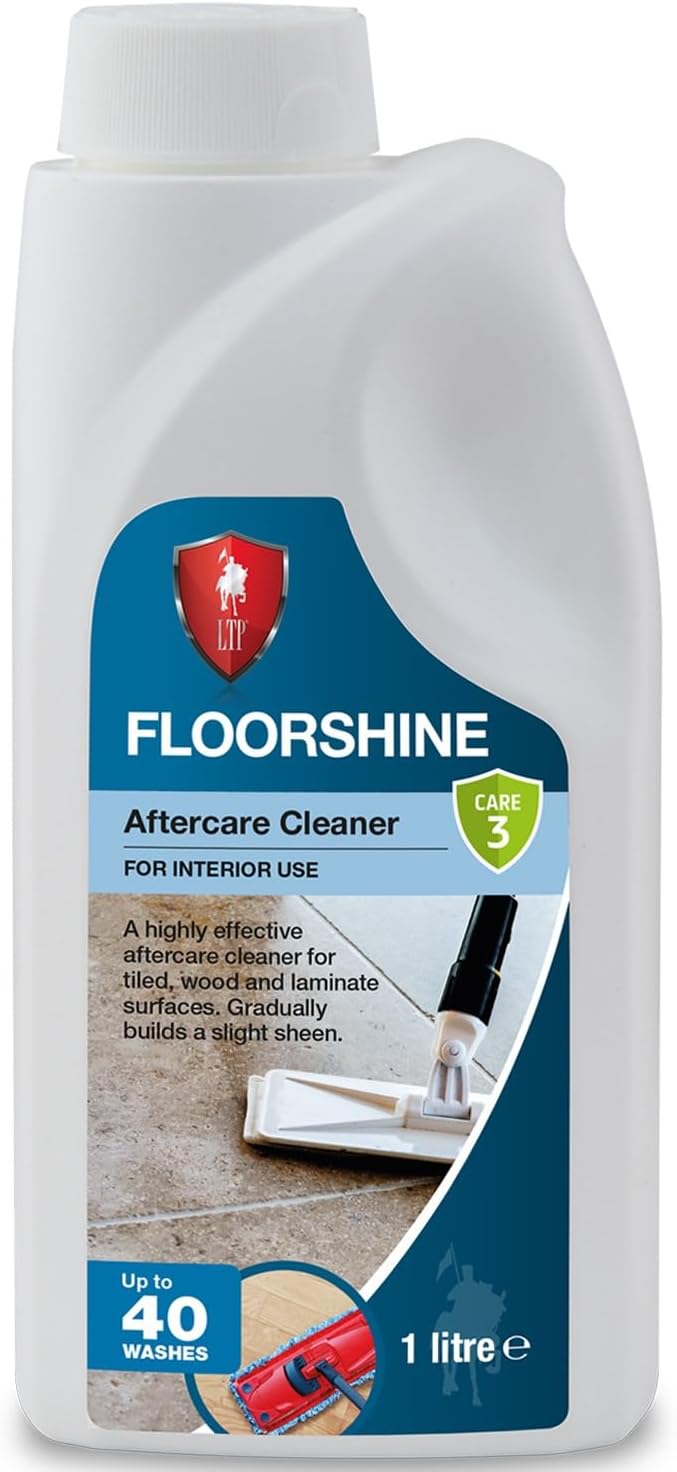
LTP Floorshine
|
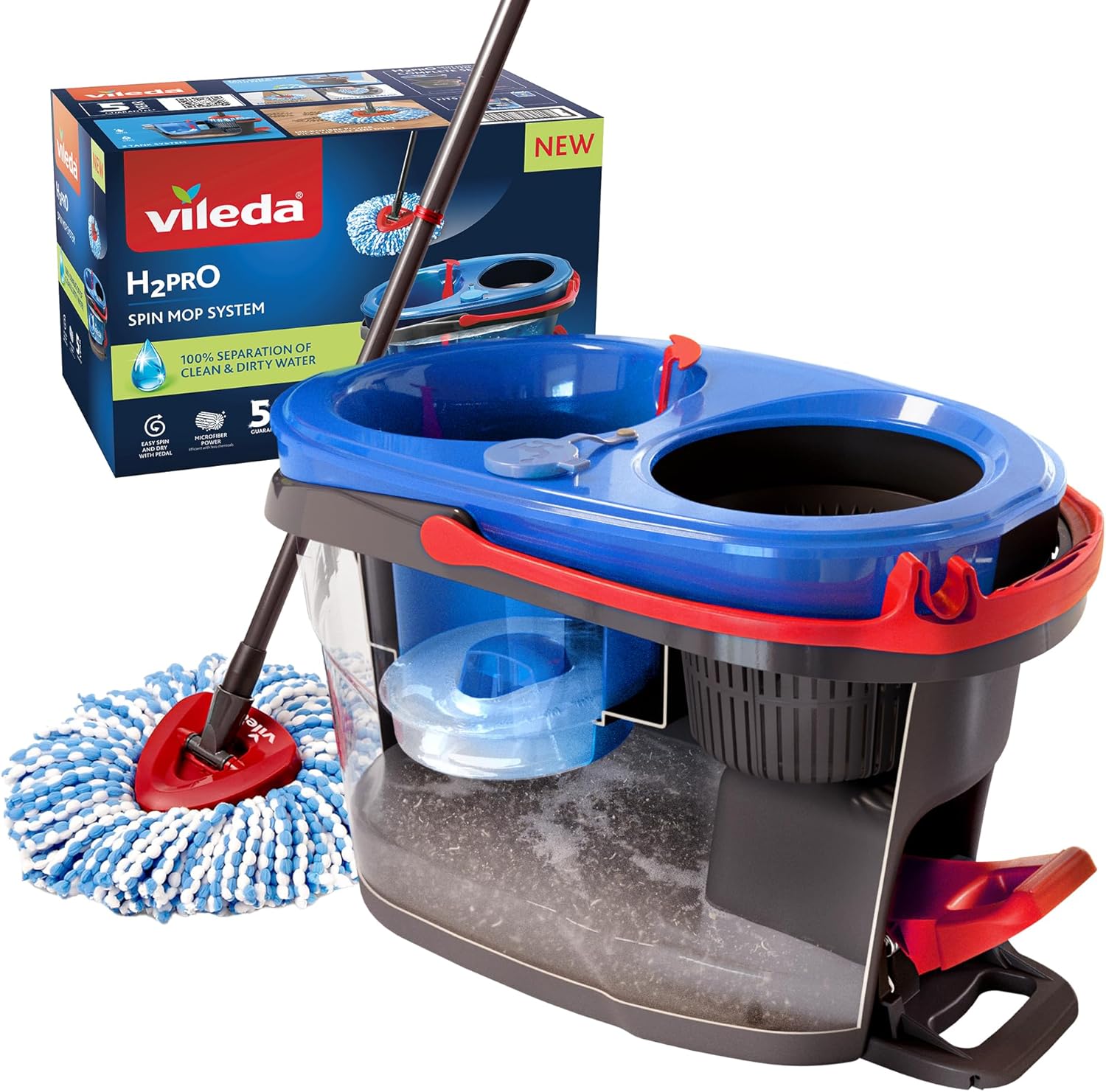
Vileda H2PrO Spin Mop System
|
Understanding Outdoor Influences on Quarry Tile Fading
Quarry tiles that are installed outdoors are subjected to a continual assault of environmental stressors that gradually diminish their colour and texture. While these tiles are renowned for their strength, the forces of nature can erode even the most resilient surfaces over time, leading to noticeable fading.
The Impact of Weather on Quarry Tile Durability
One of the primary contributors to fading is the weather, particularly the effects of rain and freeze-thaw cycles. Rainwater can infiltrate the porous surface of tiles that are either unsealed or poorly sealed, transporting minerals and contaminants that can stain or leach colour. When temperatures drop, trapped moisture expands as it freezes, causing micro-cracks and surface flaking. This repetitive freeze-thaw action exposes the inner body of the tile, which often contains lighter, less pigmented material, resulting in visible discolouration.
Effects of Surface Wear and Layer Exposure on Aesthetics
Quarry tiles are generally constructed with a dense outer crust that retains the strongest colour. As this crust succumbs to wear—whether from foot traffic, abrasion, or erosion—the inner layer becomes visible. This inner layer tends to be rougher, featuring larger aggregate particles and a lighter, uneven hue. The ultimate result is a patchy appearance that lacks the rich vibrancy of the original surface, diminishing the overall aesthetic appeal.
Consequences of Chemical Damage on Quarry Tiles
Outdoor cleaning often necessitates the use of powerful chemicals to combat moss, algae, and grime. Unfortunately, these strong solutions can degrade sealers and strip away protective coatings. Once the sealer is compromised, the tiles become increasingly vulnerable to staining, mineral deposits, and accelerated wear. Over time, this chemical exposure plays a significant role in the fading process, contributing to dullness in the surface finish.
Exploring Indoor Factors That Cause Quarry Tile Fading
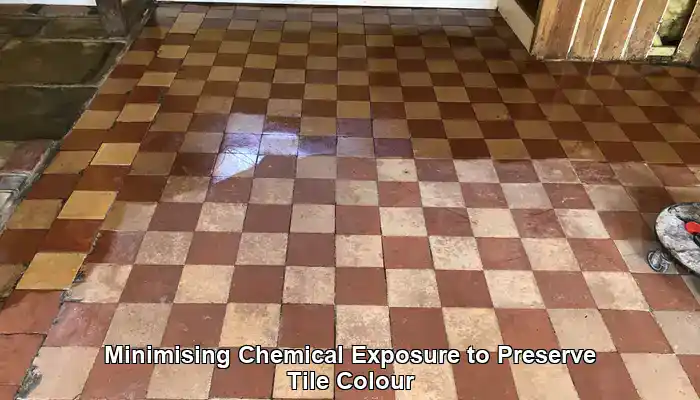
While outdoor quarry tiles contend with the elements, indoor tiles encounter a distinct set of challenges that can likewise cause significant damage over time. From the impact of foot traffic to specific cleaning routines, the fading of indoor quarry tiles is often a slow, cumulative process driven by wear, surface breakdown, and chemical exposure.
Abrasive Wear and Loss of Protective Crust
Quarry tiles are crafted with a dense, pigmented outer crust that imparts their rich colour and smooth finish. Within indoor environments, especially in high-traffic areas such as kitchens, hallways, and commercial spaces, this outer crust gradually deteriorates. As the surface erodes, the inner body of the tile becomes exposed. This inner layer typically contains larger mineral particles and has a more porous structure, resulting in a noticeable change in both colour and texture. Earth-toned tiles may begin to appear mottled or washed out, with lighter patches emerging where the protective crust has thinned.
Formation of Surface Pits and Soil Accumulation
As the surface undergoes wear, micro-abrasions and pits begin to form. These tiny indentations can trap soil, grease, and cleaning residues. Over time, the accumulation of grime in these pits leads to uneven staining and a dull appearance. Even regular cleaning may not eliminate embedded dirt, resulting in a faded, blotchy appearance. This issue is particularly prevalent in older floors that have not been adequately sealed or maintained.
Efflorescence and Mineral Migration: Causes of Indoor Fading
Efflorescence is another factor that contributes to fading in indoor tiles. This process occurs when moisture beneath the tile rises to the surface, carrying soluble salts with it. As the water evaporates, it leaves behind a white, powdery residue that can lighten the tile's appearance and potentially cause surface damage. Efflorescence is especially common in areas with insufficient subfloor ventilation or where tiles are installed over damp concrete. If left untreated, it can degrade the tile’s surface and complicate cleaning efforts.
The Dangers of Chemical Overuse and Sealer Breakdown
Indoor cleaning practices frequently rely on strong chemical agents—particularly in commercial or food preparation spaces. While these products can be effective in removing grease and stains, they also risk stripping away sealers and protective coatings. Once the sealer is compromised, the tile becomes more porous and susceptible to staining, wear, and further fading. Acidic or alkaline cleaners can even etch the surface, permanently altering its texture and colour. Over time, repeated exposure to harsh chemicals accelerates the deterioration of both the tile and its finish.
Effective Maintenance Practices for Quarry Tile Preservation
The fading of indoor quarry tiles is often preventable with the right maintenance. Employing pH-neutral cleaners, adhering to a regular sealing schedule, and avoiding abrasive tools can significantly prolong the life and aesthetic appeal of the tiles. For older floors that exhibit signs of wear, professional restoration—including deep cleaning, resealing, and colour enhancement—can help revive their original beauty and vibrancy.
Actionable Prevention and Restoration Strategies for Quarry Tiles
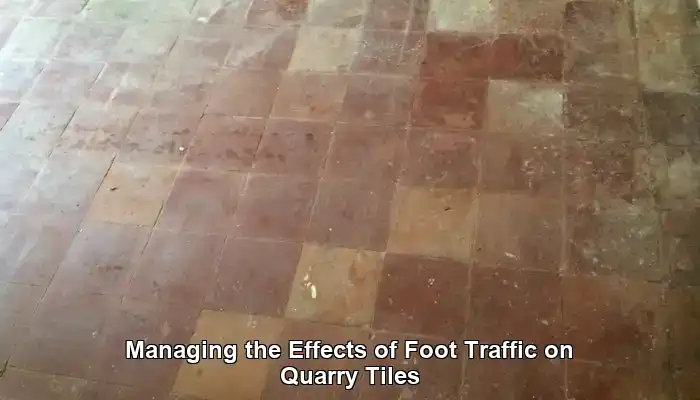
Grasping the reasons behind the fading of quarry tiles is merely the first step—the real value lies in understanding how to prevent it and restore their original beauty when wear inevitably occurs. Regardless of whether your tiles are laid indoors or outdoors, proactive care combined with thoughtful restoration can significantly extend their lifespan and maintain their rich, earthy character.
Sealing as an Essential Protective Measure
One of the most effective methods to prevent fading is through proper sealing. Quarry tiles are inherently porous; without a protective barrier, they readily absorb moisture, dirt, and chemicals. A high-quality penetrating sealer fills the pores without creating a surface film, allowing the tile to breathe while simultaneously repelling contaminants. For outdoor tiles, this is especially critical to protect against rain, frost, and algae. Indoors, sealing aids in resisting staining from spills, cleaning products, and foot traffic.
Sealers should be reapplied regularly—generally every one to three years, depending on usage and exposure. A simple water-drop test can indicate when resealing is necessary: if water soaks into the surface rather than beading up, it’s time for a refresh.
Smart Cleaning Practices: Choosing the Right Products
Regular cleaning is vital, but the products you choose are equally important. Harsh chemicals, particularly those with acidic or alkaline properties, can degrade sealers and etch the tile surface. Over time, this leads to dullness, discolouration, and increased susceptibility to staining. Instead, opt for pH-neutral cleaners specifically formulated for stone or tile surfaces. These products effectively lift dirt without compromising the integrity of the tiles.
For stubborn grime or efflorescence, use targeted treatments sparingly and always follow up with a thorough rinse to ensure complete removal. Avoid bleach, ammonia, and vinegar-based solutions, which might seem effective but can inflict long-term damage.
Maintenance Techniques to Preserve Tile Colour and Quality
Consistent sweeping and damp mopping help prevent soil accumulation and surface abrasion. Utilise soft-bristle brushes or microfiber pads instead of abrasive scrubbers, which can erode the tile’s pigmented crust. In high-traffic areas, consider using rugs or mats to mitigate direct wear, particularly at entryways or kitchen workstations.
For outdoor tiles, pressure washing should be approached with caution. While it can effectively remove surface dirt, excessive pressure may damage the tile or force water into cracks, thus accelerating freeze-thaw damage. If pressure washing is necessary, use a low-pressure setting and keep the nozzle at a safe distance from the tiles.
Professional Restoration: Revitalising Faded Quarry Tiles
When fading becomes apparent and routine care is no longer sufficient, professional restoration can yield remarkable results. Restoration experts employ a combination of deep cleaning, mechanical resurfacing, and colour enhancement techniques to rejuvenate tired tiles.
- Deep cleaning eliminates embedded dirt, grease, and mineral deposits using specialised equipment and cleaning solutions.
- Mechanical honing or polishing refines worn surfaces and restores texture, particularly for indoor tiles with surface pitting.
- Colour enhancement sealers can enrich faded tones, particularly in earth-coloured tiles, by deepening the natural pigments without creating a glossy finish.
In instances of severe deterioration, restoration may also involve regrouting, tile replacement, or applying protective coatings tailored to the specific environment of the tiles.
Long-Term Care Strategy for Quarry Tile Longevity
Preventing future fading necessitates a long-term approach. Develop a maintenance schedule that incorporates regular inspections, cleaning, and resealing to ensure optimal performance and longevity. Educate household members or staff on proper cleaning techniques and the importance of using suitable products. For commercial spaces, consider collaborating with a floor care professional to create a customised plan based on traffic levels and environmental conditions.
If your tiles are part of a heritage property or possess historical significance, consult with conservation experts before undertaking any restoration efforts. Preserving the authenticity of older quarry tiles often requires specialised techniques and materials to ensure their historical value is maintained.
Insights on Quarry Tile Care: Frequently Asked Questions
Can faded quarry tiles be effectively restored?
Yes, quarry tiles can frequently be restored through deep cleaning, resealing, or even professional refinishing techniques, depending on the extent of the fading. Homeowners should explore various options available for rejuvenating the beauty of their tiles.
What is the recommended frequency for cleaning quarry tiles?
Regular sweeping should be conducted weekly, with deeper cleaning every few months to maintain their appearance and prevent fading. Establishing a routine is essential in protecting their vibrancy.
Are there specific sealants formulated for quarry tiles?
Indeed, there are specialised sealants designed specifically for quarry tiles that offer protection against moisture and UV rays, thus enhancing their longevity and appearance. Homeowners should consult professionals for tailored recommendations.
What cleaning products should be avoided on quarry tiles?
It is advisable to steer clear of acidic cleaners, harsh chemicals, and abrasive scrubbers, as these can damage the surface and contribute to fading. Opt for gentle, tile-safe products instead.
How can I determine if my quarry tiles need resealing?
If water no longer beads on the surface or if the tiles appear dull and stained, it may be time to reseal. Regular checks can help maintain optimal protection and aesthetics.
Does indoor lighting influence the fading of tiles?
Indirect indoor lighting generally has less impact than UV rays; however, prolonged exposure to bright light can contribute to the gradual fading of the skin. Homeowners should consider their lighting options when designing their spaces.
Can I use a steam cleaner on quarry tiles?
Steam cleaners may be too harsh for quarry tiles, potentially damaging their surface. It is best to adhere to recommended cleaning methods to maintain their integrity and appearance.
Are some quarry tiles more susceptible to fading than others?
Yes, tiles made from inferior quality materials or pigments may fade more rapidly compared to those crafted from superior materials. Homeowners should prioritise quality when selecting tiles.
Does foot traffic significantly affect the lifespan of quarry tiles?
High foot traffic can lead to considerable wear and tear, thus accelerating fading and increasing the need for maintenance. Homeowners should implement strategies to manage foot traffic effectively.
Is it possible to completely prevent fading in quarry tiles?
While completely preventing fading is challenging, regular maintenance, proper sealing, and selecting quality products can significantly minimise colour loss over time.
The article Why Do Some Quarry Tiles Fade Over Time: A Guide was first found on https://www.abbeyfloorcare.co.uk
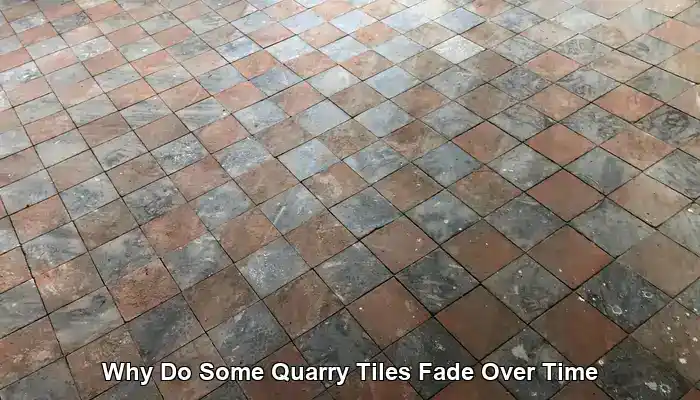
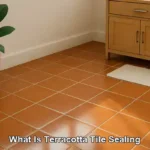

It’s interesting to read about the fading of quarry tiles, as I’ve noticed a similar issue in the patio area of my home. The vibrant terracotta tiles I chose have dulled over the years, especially after a few harsh winters. I’ve been debating whether to replace them or restore their color. I’ve heard that specific sealants can help protect from environmental stress, but I wonder if they can truly reverse the fading or just prevent further damage. Have any readers had success with restoration techniques? It’s fascinating how materials we consider durable can still undergo such changes due to their surroundings. I feel like this could spark a discussion about how to maintain the beauty of natural materials in our homes.